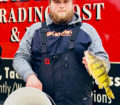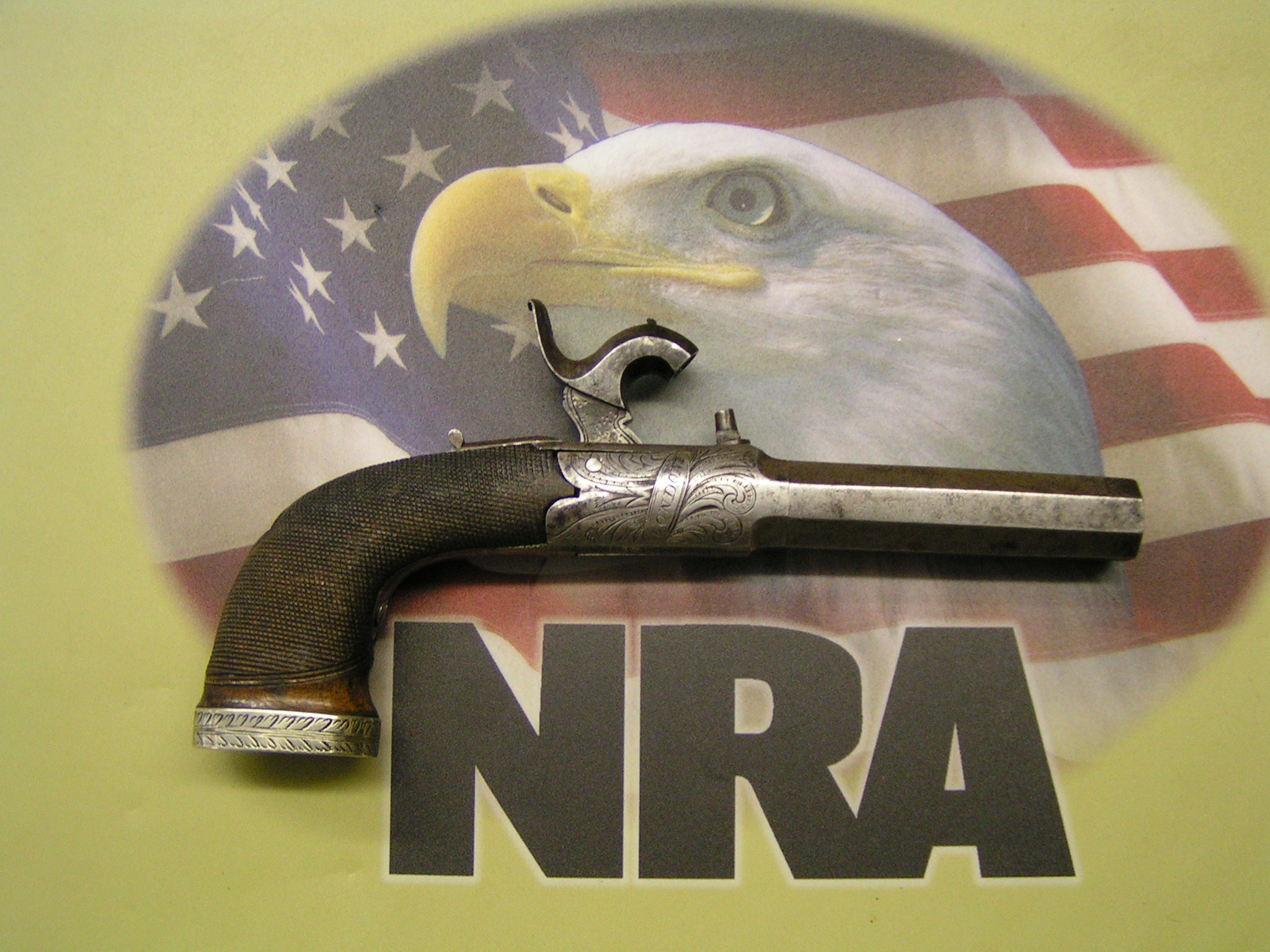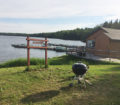By Captain Chad Loreth
 Northwest Iowa’s West Okoboji is one of the true gems in Iowa for targeting large bluegills and crappies in big numbers. In fact, this lake should be on every ice angler’s bucket list because there isn’t another lake like it in the Midwest. West Okoboji is 3,847 acres in size with an average depth of 39’ and has exceptional water quality. In addition to bluegills, the glacial blue water of West Okoboji is home to crappies, perch, yellow bass, walleyes, muskies, largemouth bass and smallmouth bass as well as many others.
Northwest Iowa’s West Okoboji is one of the true gems in Iowa for targeting large bluegills and crappies in big numbers. In fact, this lake should be on every ice angler’s bucket list because there isn’t another lake like it in the Midwest. West Okoboji is 3,847 acres in size with an average depth of 39’ and has exceptional water quality. In addition to bluegills, the glacial blue water of West Okoboji is home to crappies, perch, yellow bass, walleyes, muskies, largemouth bass and smallmouth bass as well as many others.
Because of the lake’s exceptional water clarity, it is a pan fish factory! In the winter months, water clarity can range from 4-20’ or more depending on the year and fall or winter rain events that may create runoff that can alter the water clarity a great deal. The lake is one of the best panfish lakes I have ever fished and is also one of the most challenging because of its exceptional water clarity, it is one of the best yet most challenging lakes I have ever fished. Because of the depth, there is a lot of water to cover to hunt down fish. If you can catch panfish on West Okoboji, you can catch them anywhere is my philosophy.
Every fall pan fish can be found shallow before ice up and will remain along shallower shorelines, in canals or on shallow mid-lake flats during the early ice period. These areas provide ice anglers with great opportunities to target bluegills and crappies in the remaining vertical weed structure that’s still standing from the fall weed die off. Once we receive our first accumulating snowfall that covers the ice and changes the light conditions under the ice, many of these shallower fish will retreat to the nearest adjacent basin in the lake. It’s in these basins that I like to hunt larger bluegills and crappies and most winters these fish will remain in the “basin” until the late ice period when they can be found in shallow water again where green weeds are beginning to come up prior to ice out.
The most productive basins on West Okoboji typically bottom out at 16-24 feet and have steeper breaks with wider contours found at 17-19 feet. The top of the basin breaks range from 12-16 feet as an average. It’s along the basin breaks where wider contours occur from 17-19 feet that some of the biggest bluegills or crappies can be found during the midwinter time period. I usually retreat to the basins on West Okoboji as soon as we receive that first accumulating snowfall as mentioned and will fish the basins the entire winter until late ice.
I begin searching for fish along the basin breaks by drilling holes at the top of the break and moving down the break into the bottom of the basin. I continue to drill holes in this fashion until I locate the red lines that I’m looking for on my Vexilar. I like any gold tungsten jig in a 3-5mm size but my favorite is the Drop Jig from Clam Pro Tackle. Pair any one of those 2 jig sizes with the Makiplastic Maki or Jamei, or Berkley Powerbait Ice Dogbone, Wishbone or Whipworm and you’ll have the upper hand in catching these fish.
I like to start with the bigger jig size and plastic on my first drop down the hole to read the reaction of the fish to the bait and then adjust from there. I typically adjust plastic colors first and then adjust jig size based on how the fish respond to the bait. If the fish are aggressive, then I will fish with as big of a presentation as I can. If they are negative and don’t respond to a larger presentation, I immediately down size until I find the right combination that the fish are willing to chase and most importantly eat. Plastic colors I like as a main course on West Okoboji include black, white, pink and purple. I do not find that switching jig colors most days makes a huge difference as much as the size of the jig and the color, shape and action of the plastic. One other thing I should mention that is extremely important for the clear water of West Okoboji is to use 1 or 2lb Fluorocarbon line and a light action rod. Some days the difference between catching fish and not catching fish is line size and type. As a team member of the JT Outdoor Products Pro Staff, I like to run the 32” Rogue which is a precision jigging rod and a 30” Panhandler rod with a Strike indicator. These to rods, when paired with 3 or 5mm jigs and 1-2 pound Fluorocarbon line for the perfect one two punch when chasing panfish on West Okoboji.
There are some days where fish will stay parked on the same area of a contour, and I can go back several days in a row and have success catching these fish. If I am marking fish but cannot find larger concentrations of fish, then this usually means the fish are roaming and I’m going to need to drill more holes. This is very evident when I catch 2-4 fish out of a hole and they shut off. I just move to the next adjacent hole looking for marks and usually will catch 2-4 fish again before needing to move another time.
By hole hopping in the basin it’s very easy most days to catch large numbers of bluegills and crappies. In addition, I like to cover the entire water column and usually start out jigging 3-5 feet off bottom to pick off larger and more aggressive fish. Smaller fish will typically be found on bottom but definitely cover the entire water column. Crappies typically do not suspend over the deeper part of the basins on West Okoboji like you’ll find on lakes in northern Minnesota. It has been my experience that these fish will relate to structure adjacent to the basin or steep breaks and suspend adjacent to the break or roam the edge of the break. Many days I find them with bluegills but they are running just a couple feet above the bluegills.
On any given weekend, you can find an ice shanty town that has popped up somewhere near a basin in one of the bays on West Okoboji. Do not be drawn toward the crowd because you see all these shacks. These are typically pressured areas and have highly pressured fish. Be willing to strike out and explore the basin on your own outside of these pressured ice shanty towns and find your own fish. Finding your own fish can be one of the most satisfying achievements besides catching them. It surprises me in the midwinter time period when I can still find undrilled ice in key locations that no one has explored.
It’s these stretches of untapped ice that I absolutely love because more often than not, some of the biggest bluegills and crappies can be found in these areas. Some of the best spots I’ve found in the basins of West Okoboji also have several species of fish at the same time. It isn’t just bluegills and crappies. When I find locations like this that are holding bluegills, crappies, largemouth bass, northern pike, walleyes, perch and even a few yellow bass I know that I’ve found a gold mine! These areas tend to be productive for long periods of time throughout the winter.
The future of panfishing on West Okoboji looks very promising based on fish that I have caught or seen caught this winter. There are lots of bluegills pushing 9” that give me hope that we will see the days where anglers can ice true 10” fish regularly with good conservation if bigger bluegills are released. There is a healthy population of larger crappies in the lake as well that are 10-12” and this give a person hope that we could see some much larger fish too at some point. The future of pan fishing on West Okoboji looks promising so get out there and chase some basin Bulls and Slabs!


















